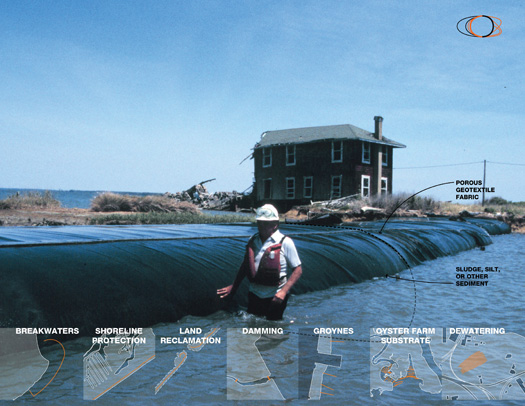I’m a bit late to getting notice of these events up, but at least I’m doing it before they happen1: there are two book launches scheduled for the latest installment of Bracket, [goes Soft].
Bracket [goes Soft] examines the use and implications of soft today – from the scale of material innovation to territorial networks. While the projects in Bracket 2 are diverse in deployment and issues they engage, they share several key characteristics — proposing systems, networks and technologies that are responsive, adaptable, scalable, non-linear, and multivalent.
The first launch event is tomorrow evening, at Studio-X NYC:
Drop by Studio-X NYC this Friday evening for the New York City book launch of the next installment in the fantastic Bracket series: Bracket [goes Soft]. There will be wine, books for sale, and a series of short presentations on the subject of soft from the book’s editors, editorial advisers, and contributors, including Neeraj Bhatia, Fionn Byrne, Michael Chen, Leigha Dennis, Sergio Lopez-Pineiro, Geoff Manaugh, and Chris Perry. Hope to see you there!
The second is a little over a week from now, in Houston on February 17 (7 pm) at Architecture Center Houston, and will feature editor Neeraj Bhatia, Scott Colman, Ned Dodington, and Christopher Hight.

[Geotube deployment strategies; photo via NOAA, drawing by the Dredge Research Collaborative.]
I’m disappointed that I’m going to miss both (Houston more narrowly than New York, as I’ll be in Houston with my Houston Ship Channel studio only a few days later), particularly since Bracket [goes Soft] played a key role in bringing together the Dredge Research Collaborative and focusing our work on the anthropogenic sediment handling practices that we’ve become fascinated with. We have a short piece in [goes Soft], entitled (rather plainly) “Dredge”:
A continuous stream of shipping barges pass through the Mississippi River Delta, moving over 350 million tonnes a year through its three largest ports. Of those, the Port of South Louisiana alone stretches 87 kilometers along the Mississippi, and annually sees some 4,000 ocean-going vessels and 50,000 barges. It is the largest tonnage port in the Western Hemisphere, and the fifth-largest in the world. To maintain this logistical flow, channels — their size and depth determined by the needs of the international shipping industry — must be kept clear. No small task, due to the 200 million tons of sediment that are carried down the river every year. Much of this sediment is washed out to sea or deposited inoffensively along the banks, but a significant portion of comes to rest in industrially inconvenient places. In the Army Corps of Engineers’ (USACE) “Mississippi Valley” division, around 10 million tons of such sediment must be shifted each year. The channels are dredged, and refill, and are dredged and refill. It is to the processes that shape this landscape, and others like it, that we turn our attention.
You can check out the full piece — and many other, more interesting articles and projects — by picking up a copy of [goes Soft].


